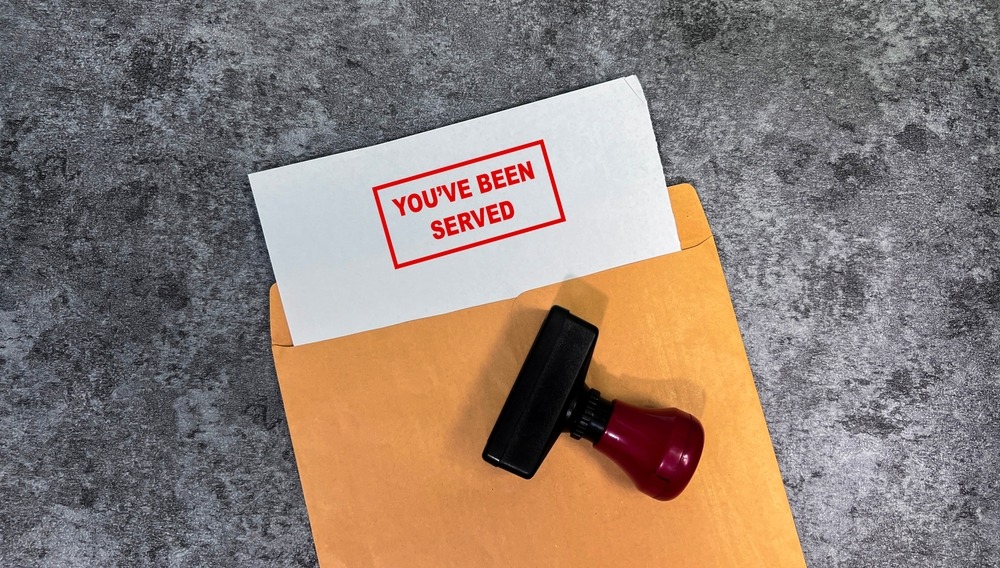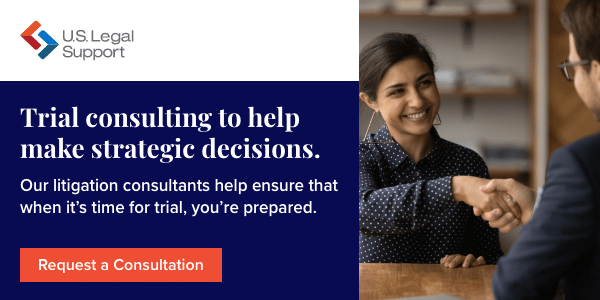Leveraging Technology for Effective Process Serving

Law is one of several industries that rely on process servers to perform official document delivery—a challenge when targeting individuals who are either actively avoiding the law or living in a highly mobile or nontraditional manner that makes them hard to track down.
Today, however, process serving is no longer a purely paper-in-hand effort. By integrating technology in multiple ways, lawyers can close the gap between sending out assignments and receiving proof of delivery.
What is Process Server Technology and Why Does It Matter for Law Firms?
Process server technology refers to the collective apps, platforms, systems, and integrations available to boost effectiveness and efficiency when it comes to serving official documents. This includes:
- Digitizing aspects of the process and paperwork
- Providing realtime tracking information
- Facilitating notifications and transparent communication
- Connecting platforms with plug-ins and stackable tech layers to centralize your data
Most technological changes have some degree of learning curve, and it’s important to prove that the long-term benefits will outweigh the short-term disruption. For law firms, modernizing process server technology has the potential to save time and money while enhancing risk management by reducing:
- Wait time for status updates and proof of delivery
- Jumps between disconnected platforms and devices
- Paper management
- Compliance risks through clear documentation of process service
- Audit preparation time
- Risk of contested proof of delivery
With effective process serving technology, attorneys and law firms can focus on strategic case work and move forward as quickly as possible with time-sensitive steps.
Key Advancements in Process Server Technology
Back in the day, you might have been waiting for a server to find a pay phone booth or even show up at your office to give an update. Mobile phones were a game-changer, but process server technology has advanced significantly in recent years.
GPS and Real-Time Delivery Tracking
No more wondering about the status of a delivery or receiving end-of-day explanations about why a difficult target will take more time. With real-time delivery tracking that leverages GPS monitoring, you’re not waiting for a call or using the server’s time to send you a manual text or email.
Instead, you can view a current location and a tracking system that automatically updates the stage of delivery and expected time of completion.
Electronic Proof of Service
Once a document is delivered, proof of service is typically required to move forward with lawsuits or court proceedings, including establishing proper jurisdiction over a case.
Rather than waiting for a process server to deliver a hard copy, work with a partner who can deliver electronic proof of service. Benefits include:
- Speed due to immediate delivery
- Electronic notification when proof of delivery arrives
- Paperless experience with one less hard copy to file or scan
- Efficiency by standardizing the proof of service process for everyone involved
Integration with Legal Case Management Systems
Connectivity between different apps, platforms, and technology stacks is a feature that developers are quick to highlight. Rather than jumping between a laundry list of software for one-off tasks, you can increase efficiency and centralize workflows with system integration.
Benefits of Modern Process Server Tech for Legal Teams
By leveraging process server technology, your firm or team can both benefit immediately and help boost the bottom line at a total efficiency level. The right tech stack can:
- Create a more uniform and reliable experience
- Contribute to a paperless and centralized data system
- Increase efficiency and speed
While many of the benefits, such as realtime tracking, are clear-cut, modern tech that supports process serving has additional benefits. Consider how useful these functions can be to your team:
- Integrate analytical data to report on service levels and identify trends
- Provide a built-in audit trail that doesn’t require future reconstruction
- Reinforce a single workflow across internal staff and outsourced partners
Future Trends in Process Serving Technology
In the future, we look forward to seeing additional advancements in the technology surrounding process serving. They will likely include:
- AI integration to increase efficiency of assignments, routes, and methods of service
- Predictive AI to help identify the best opportunities to serve individuals
- Integration of shifting cybersecurity protocols to protect sensitive data and uphold process serving ethics
- Development of more tools and protocols for remote, electronic-only process serving
Additionally, we may see regulatory adjustments to:
- Standardize federal court electronic process serving across all states1
- Allow additional alternative service of process methods such as social media2
- Stay abreast of evolving security and data protection needs
- Encourage greater licensing, certification, and continuing professional education
Choosing a Process Serving Partner with Advanced Tech
Efficiency, increased transparency, and more immediate communication are all benefits you gain from working with a partner that leverages technology to streamline the process serving workflow.
U.S. Legal Support has served the legal industry for nearly 30 years, working with attorneys and law firms of all sizes and across all practice areas. We partner with you to handle the details of process serving—including skip tracing, surveillance, and more—with a wide network of on-the-ground local process servers, delivering fast results that adhere to each jurisdiction’s regulations.
Plus, as an all-inclusive litigation support provider, we can supply court reporting, realtime transcription, interpreting, records retrieval, litigation consulting, and a full range of trial support services.
Ready to learn more? Reach out today to connect with us on your process serving and other litigation support needs.
Sources:
- Digital Commons at St. Mary’s University. Rethinking the Process of Service of Process. https://commons.stmarytx.edu/thestmaryslawjournal/vol53/iss1/6
- Journal of International Law. Social Media: A Good Alternative, for Alternative Service of Process. https://scholarlycommons.law.case.edu/jil/vol52/iss1/26/

Editoral Policy
Content published on the U.S. Legal Support blog is reviewed by professionals in the legal and litigation support services field to help ensure accurate information. The information provided in this blog is for informational purposes only and should not be construed as legal advice for attorneys or clients.


